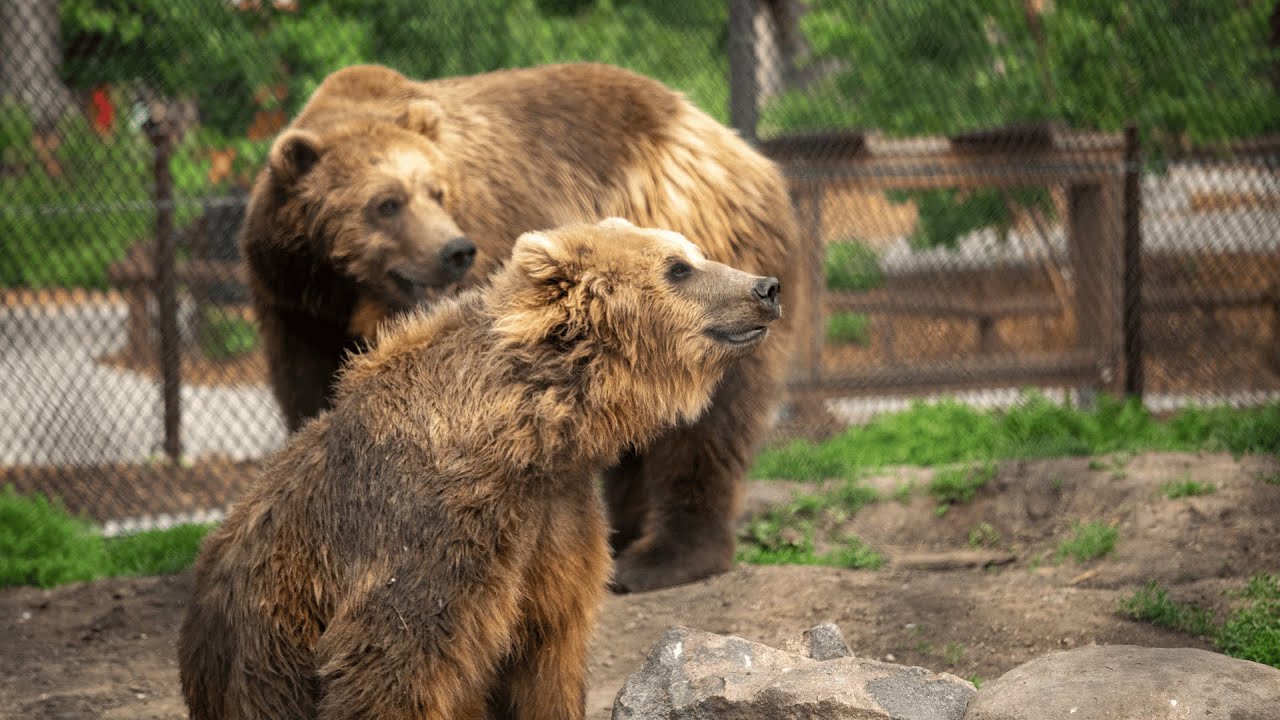- Characteristics and habitat of coastal brown bears
- Behavior and diet of coastal brown bears
- The role of coastal brown bears in ecosystem balance
- Conservation efforts and challenges in protecting coastal brown bears
- Impact of human activities on coastal brown bear populations
Coastal brown bears, a subspecies found primarily along the remote coastal areas of Alaska, are fascinating creatures that play a significant role in their natural habitats. These majestic animals, sometimes referred to as grizzly bears when found inland, exhibit unique adaptations and behaviors that reflect their environment. Understanding their characteristics, habitat, and dietary preferences offers valuable insights into their lives and the broader ecosystem dynamics.
The coastal regions provide these bears with rich feeding grounds, particularly due to the abundance of salmon during spawning seasons. Salmon is a critical source of nutrition, allowing coastal brown bears to accumulate the necessary fats for winter hibernation. These bears are generally larger than their inland counterparts due to the richer access to food. Their fur ranges in color from a light tan to dark brown, providing camouflage against the varied coastal terrain.
Behaviorally, coastal brown bears are solitary creatures, exhibiting social behaviors primarily during mating and fishing. During the salmon runs, bears can often be seen congregating along streams and rivers, showcasing a rare communal aspect as they share feeding grounds. Their diet, surprising to some, is not solely carnivorous. Though proficient hunters of salmon and occasionally small mammals, these bears are also known to consume berries, nuts, and plant roots. This omnivorous diet supports their nutritional needs throughout the different seasons.
The presence of coastal brown bears is crucial to ecosystem health. They contribute to nutrient redistribution, especially through the consumption of salmon. When bears capture fish, remnants not consumed are left to decompose, enriching the soil and promoting plant growth. Additionally, these bears help maintain a balance within the animal community by preying on smaller mammals and managing herbivore populations.
Conservation efforts aimed at protecting coastal brown bears face numerous challenges. Habitat loss due to human encroachment and development is a primary concern, leading to reduced wild spaces and food scarcity. Climate change poses another significant threat, impacting salmon populations and subsequently affecting bear food resources. Organizations involved in bear conservation focus on habitat preservation, sustainable tourism practices, and engaging local communities in conservation strategies.
Human activities drastically impact coastal brown bear populations. Increased tourism, land development, and natural resource extraction often lead to habitat fragmentation and pollution. Bears that lose their fear of humans due to food incentives can become problems, leading to potential bear-human conflicts. Education and community programs aim to mitigate such interactions, promoting coexistence through responsible practices and respect for wildlife.
This article shines a light on the intricate details of coastal brown bears and emphasizes the need for ongoing conservation efforts and responsible human interaction to preserve one of nature’s most remarkable creatures. Through understanding and protecting these animals, we uphold the integrity of the ecosystems they help sustain. As researchers, conservationists, and nature enthusiasts continue to study and advocate for these bears, the importance of balance within natural environments is more vital than ever.
*****
Source Description
Learn all about the storied history of Great Plains Zoo’s Coastal Brown Bears, Kodiak and Katmai!


